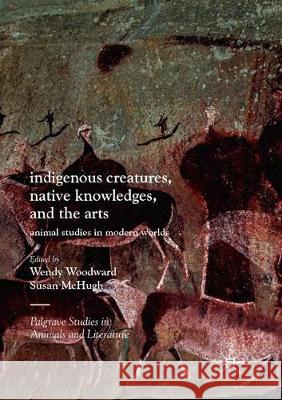Indigenous Creatures, Native Knowledges, and the Arts: Animal Studies in Modern Worlds » książka
topmenu
Indigenous Creatures, Native Knowledges, and the Arts: Animal Studies in Modern Worlds
ISBN-13: 9783319860244 / Angielski / Miękka / 2018 / 275 str.
Indigenous Creatures, Native Knowledges, and the Arts: Animal Studies in Modern Worlds
ISBN-13: 9783319860244 / Angielski / Miękka / 2018 / 275 str.
cena 443,82
(netto: 422,69 VAT: 5%)
Najniższa cena z 30 dni: 424,07
(netto: 422,69 VAT: 5%)
Najniższa cena z 30 dni: 424,07
Termin realizacji zamówienia:
ok. 22 dni roboczych
Bez gwarancji dostawy przed świętami
ok. 22 dni roboczych
Bez gwarancji dostawy przed świętami
Darmowa dostawa!
Kategorie:
Kategorie BISAC:
Wydawca:
Palgrave MacMillan
Seria wydawnicza:
Język:
Angielski
ISBN-13:
9783319860244
Rok wydania:
2018
Wydanie:
Softcover Repri
Ilość stron:
275
Oprawa:
Miękka
Wolumenów:
01











